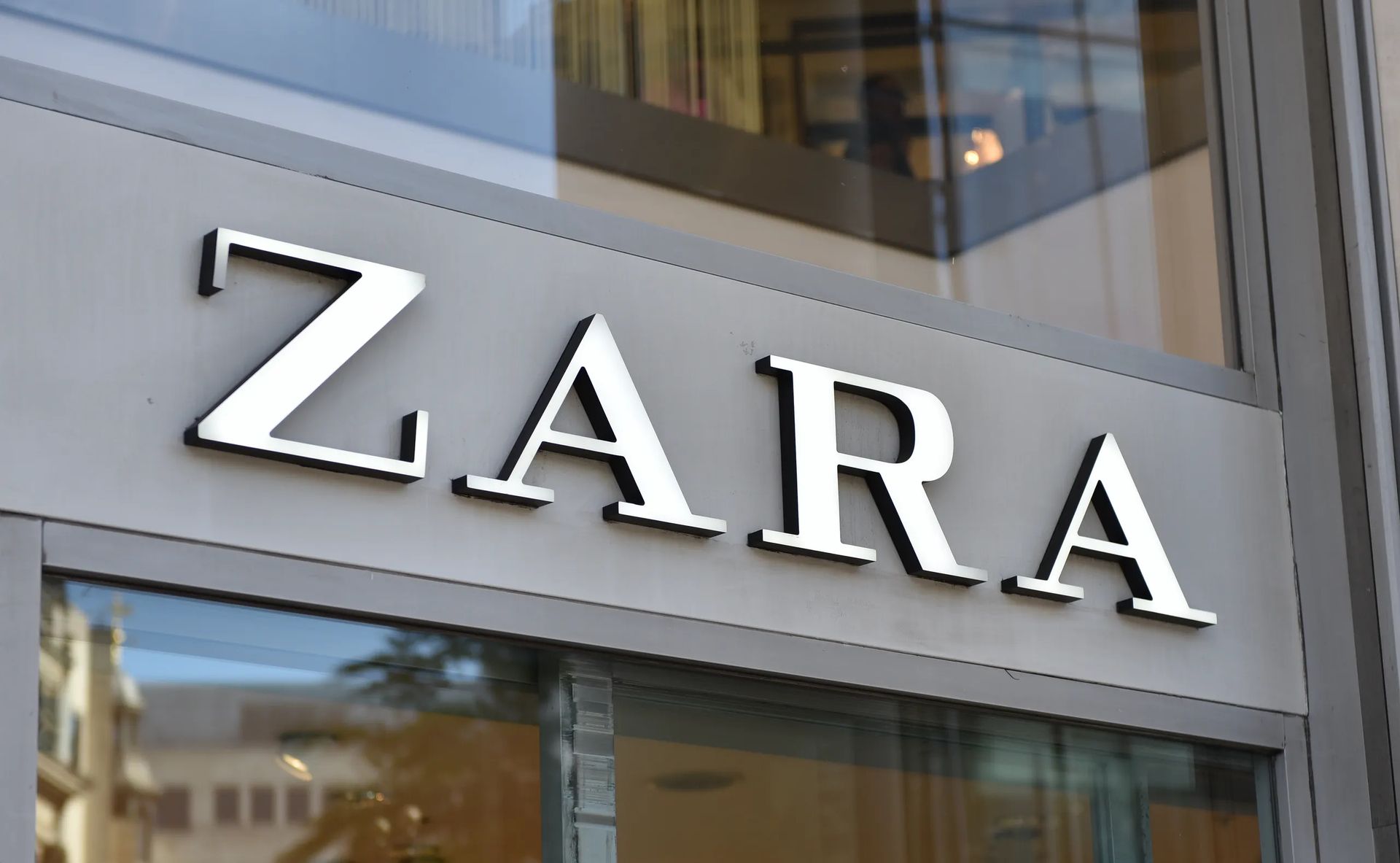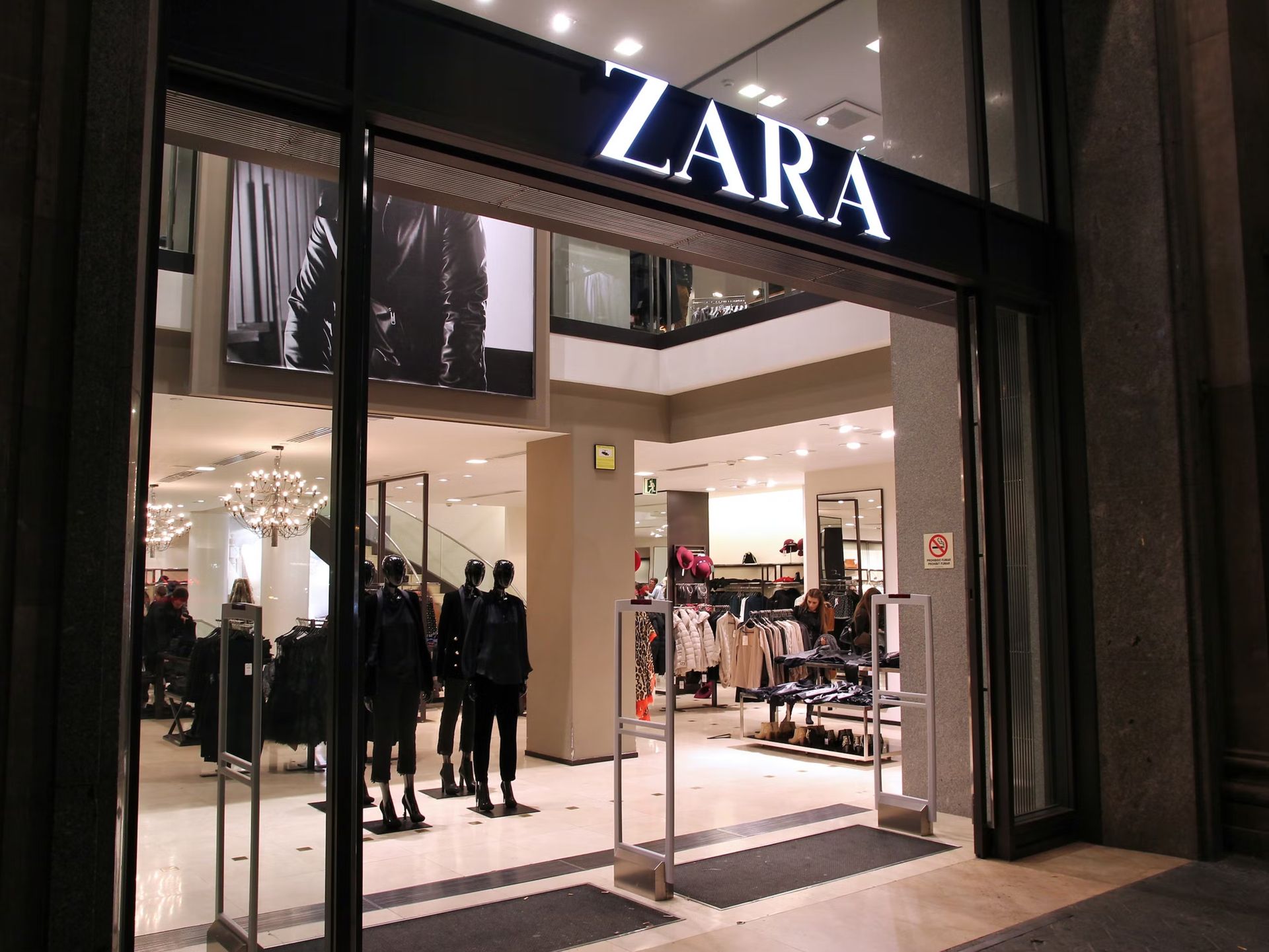- ZARA’s success is a result of its focus on customer preferences, speed, and efficiency while abstaining from traditional advertising.
- ZARA’s innovative supply chain strategy involves just-in-time production, bypassing the storage process, and transporting garments directly from the factory to stores.
- ZARA’s approach to fashion production emphasizes a diverse range of styles, introducing 12,000 new designs each year.
- ZARA’s marketing strategy prioritizes the location and appearance of its stores, paying high rents to secure prime locations alongside other high-end brands and focusing on customer experience with carefully designed store windows and minimalist interiors.
Learn how ZARA, the renowned fast fashion titan, has revolutionized the industry through its unwavering focus on catering to customer preferences and optimizing speed and efficiency, all while abstaining from conventional advertising expenditures.
The secrets of ZARA’s $13 billion empire
ZARA, the trailblazing Spain-based fast fashion clothing brand, has risen to the top of the fashion industry and established itself as a dominant player. Established in 1975 by Amancio Ortega, ZARA has expanded its footprint to become the largest player in the sector, operating over 2000 stores in approximately 96 countries worldwide. The remarkable feat achieved by ZARA is noteworthy, especially as it has achieved this without spending any resources on traditional advertising, all while amassing a whopping $13 billion empire. This article aims to unveil the fundamental strategies that have propelled ZARA’s incredible success story.
Speed and efficiency
ZARA’s prowess in the fashion industry is derived from its ability to rapidly introduce new collections in just four weeks, an astonishing feat compared to the industry norm of four to six months. By doing so, ZARA can deliver the latest styles to its customers quickly and capitalize on emerging trends. To further augment this strategy, ZARA creates a sense of urgency among its customers by removing products from the shelves within 30 days, boosting sales and enhancing its reputation as a dynamic brand.
The Just-in-time production system popularized by Toyota has been a source of inspiration for ZARA’s innovative supply chain strategy. ZARA bypasses the storage process and transports garments directly from the factory to stores, reducing inventory management costs and creating a sense of scarcity. This artificial scarcity makes ZARA’s products more coveted by customers, further fueling the brand’s success.

Design and variety
ZARA’s approach to fashion production deviates from the traditional method of producing large quantities of a particular design. Instead, the company emphasizes offering a diverse range of styles, introducing a staggering 12,000 new designs each year, dwarfing the industry average of 2000. This approach enables ZARA to dispose of pieces that fail to attract customers easily, reducing the need for time-bound sales and smaller discounts compared to its competitors.
Understanding fast fashion
Fast fashion is a business model that involves the quick and cost-effective production of clothing by mass-market retailers in response to the latest trends. Prior to the emergence of fast fashion, the fashion industry was characterized by seasonal releases and a slow trickle-down effect before trends reached the general public. ZARA, however, introduced a game-changing approach that addressed this discrepancy in the market by offering the latest designs, with good enough quality, at affordable prices.
Also, if you want to get more information about Storm Hogan, known as “Bikini Cowgirl,” going viral on TikTok, click here.
Customer-centric approach
ZARA’s success in the fashion industry is, in part, attributable to its keen ability to track customer preferences and tailor its product offerings to cater to the unique needs of its target markets. For instance, the company provides small-sized clothes in its Japanese stores and offers large overcoats and boots in European stores. To stay ahead of the curve, ZARA’s design team and agents attend social gatherings, universities, and clubs to scout new fashion trends and designs. The brand also tracks social media influencers instead of fixating on red-carpet events.

The power of store location
ZARA’s marketing strategy sets it apart from its competitors. Rather than investing in traditional advertising, the company prioritizes the location and appearance of its stores. ZARA secures prime locations in luxurious buildings, often alongside high-end brands like Armani, Gucci, and Louis Vuitton, by paying high rents. This strategy creates a halo effect, whereby the brand’s success is bolstered by its association with other prestigious brands.
Furthermore, ZARA’s store windows are meticulously crafted by neuro marketers to captivate customers and lure them inside. The company places a high value on customer experience, ensuring that its store interiors are tastefully understated and minimalistic.
ZARA’s success in the fashion industry can be attributed to its unique approach to fast fashion, streamlined supply chain, focus on design and variety, customer-centricity, and strategic store locations. By prioritizing simplicity in both business strategy and marketing, ZARA has established itself as a global leader, proving that the customer is the ultimate arbiter of fashion trends.
Conclusion
In conclusion, ZARA’s success story is a testament to the power of customer-centricity, agility, and innovative supply chain management. By focusing on speed, efficiency, and design variety, ZARA has established itself as a global fashion leader, revolutionizing the industry and inspiring other players to follow suit. ZARA’s marketing strategy of prioritizing store location and appearance over conventional advertising has also proven successful, further cementing the brand’s reputation as a tastemaker. As the fashion industry continues to evolve, it will be interesting to see how ZARA adapts to the ever-changing landscape while continuing to meet the needs and preferences of its customers.

